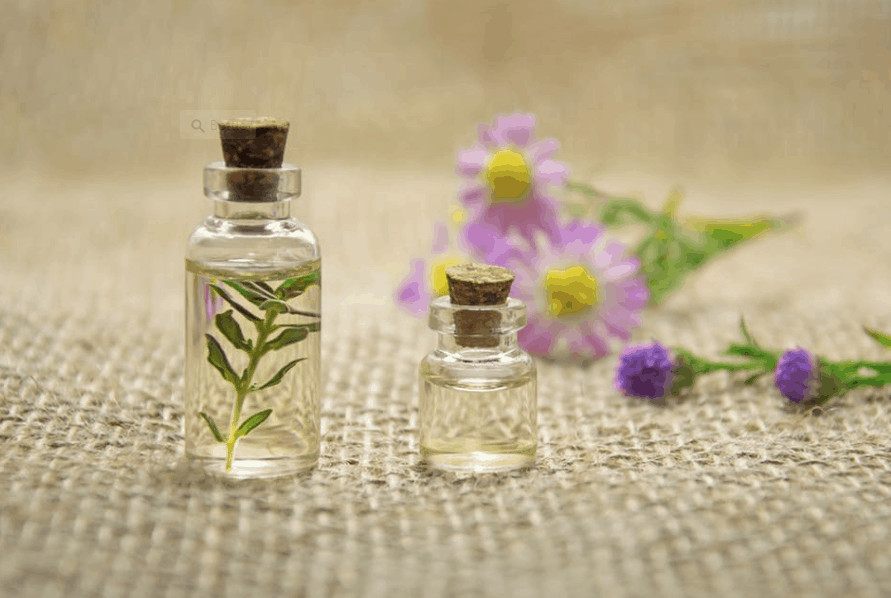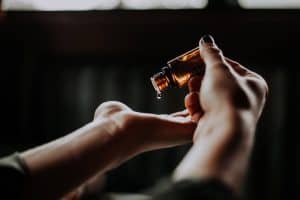What Is Hydrosol? The Benefits Of Hydrosols Explained

Our ancient forefathers did not necessarily have access to the technology and understandings that we do today. This meant that a large part of the healing process was based on folklore and simple ‘hit or miss’ experimentation. The more we experimented, the more we learned over time. With time, we’ve advanced our understanding of how the human body works as a system and how to utilize natural elements to help treat or cure a variety of different ailments.
One such example is hydrosols. The idea of distillation via steam processing may seem like something that we would have only discovered closer to the present day. But the truth is that the practice of producing these incredibly powerful medicines has been around for hundreds of years. This was largely due to the invention of a scientist known as Avicenna. Thanks to Avicenna’s steam distillation principle hydrosols and essential oils became some of the earliest forms of pharmaceutical products in history. But let’s first get a better understanding of what exactly hydrosols are.
What Are Hydrosols?

Woman using hydrosols.
Hydrosols are actually a byproduct from the creation of essential oils. So in order to understand what a hydrosol is, we need to understand how essential oils are made in the first place. You can create essential oils through the steam distillation process. Steam distillation is a technique that was discovered by an early scientist known as Avicenna.
Avicenna realized that steam could be used to break down organic matter and transfer the volatile essential oils or phytochemical-rich materials. He broke these down to a more user-friendly (and more potent) liquid form. The leftover water from the process was referred to as a hydrosol. Sol being a term used to describe liquid mixtures containing smaller particles and hydro or hydra being used to describe the water which acted as a carrier.
Hydrosols Vs. Essential Oils
Although the steam distillation process is similar for both essential oils and hydrosols, their uses are different. Essential oils are often the desired final product of the steam distillation process. Their use is largely for medicinal reasons. Hydrosols, on the other hand, are a byproduct of the steam distillation process. You use them for an entirely different set of reasons.
Hydrosols are made out of the remaining water that’s used to boil out the essential oils from organic matter in the steam distillation process. They’re therefore less potent than essential oils, as they’re less concentrated. Because of this, hydrosols are often used in a variety of different ways and while they may still be effective at treating medicinal issues, they’re often more suited for things such as natural perfumes, natural air fresheners, and adding flavor to dishes or baked goods.
Where Can You Buy Hydrosols?
I would always recommend experimenting with your own DIY process at home. It’s fun, creative and will ultimately save you a lot of money. The additional benefit of creating your own hydrosols at home, is that you develop a better understanding for how the process works through your own experience.
However, many of us either don’t have the time or the technical know-how to focus on experimenting at home. Even if you do, it might be a good idea to buy a few commercial variations of hydrosols. This will allow you to compare your own recipe with those that you find on the shelves or online. In saying that, if you’re not sure where to buy hydrosols, the most common places that you’re likely to find hydrosols are in health food stores or wellness centers. So, these places are the go-to’s for alternative healers and holistically minded people.
DIY Hydrosol Recipe: How To Make A Hydrosol At Home

Girl lying with flowers.
Unlike creating pure essential oils, you can make hydrosols quite easily (and relatively quickly). You can make them in the comfort of your own home – and all with things you’re likely to already have in your kitchen.
In order to create your own DIY hydrosols, this is what you’ll need:
- A stock pot that is enameled or made from non-reactive metal (stainless steel will work)
- A lid without a steam release hole
- A metal vegetable steamer that goes inside the pot
- A bowl
- 3 liters of spring water
- 10 oz (300 grams) of fresh herb, flowers or roots
- Ice
Method
Make sure all of your distillation pieces are clean before pouring 3 liters of spring water into the crockpot. Now add the plant matter and let it sit for a few hours while ensuring that you stir the mixture at least once or twice during this process. Put the strainer into the pot fully opened and put the bowl on top of the strainer. Bring your water/plant matter to a boil. Once it begins to simmer, put on the lid upside down. Keep the water simmering nicely at medium heat so the vapor condenses and drips back into the bowl.
Let the water/plant matter distill for a few hours or until you have the desired amount of hydrosol. Ensure that the hydrosol cools enough before you pour it into glass bottles or plastic containers. Keep these capped tightly with sealable lids and remember that hydrosols will last much longer in the refrigerator. A few good plant types or natural ingredients to start with are mint, lemon tree leaves, citrus peels, lavender, rose flowers, cinnamon sticks, rosemary, oregano and thyme. These will help you start off a pretty helpful and healthy collection that you can use in everything from cooking to perfume!
Conclusion
I would generally recommend the use of essential oils over hydrosols for a number of different reasons. They’re more effective and generally work out to be cheaper due to their high concentration. That being said, there are numerous uses for hydrosols in your everyday life. For example, the use of hydrosols in and around the home can help you and your family deal with stress and anxiety (they’re perfect as air purifiers). They also work as a wonderful natural perfume or deodorant, as well as adding amazing flavor and texture to your dishes and baked goods.
Using them on your skin can help to improve the overall quality of your skin while healing issues such as psoriasis and dry, itchy, flaky skin. You can even use hydrosols as a natural mouthwash! The bottom line is that you’re imagination is the only limit when it comes to incorporating hydrosols into your everyday life!


